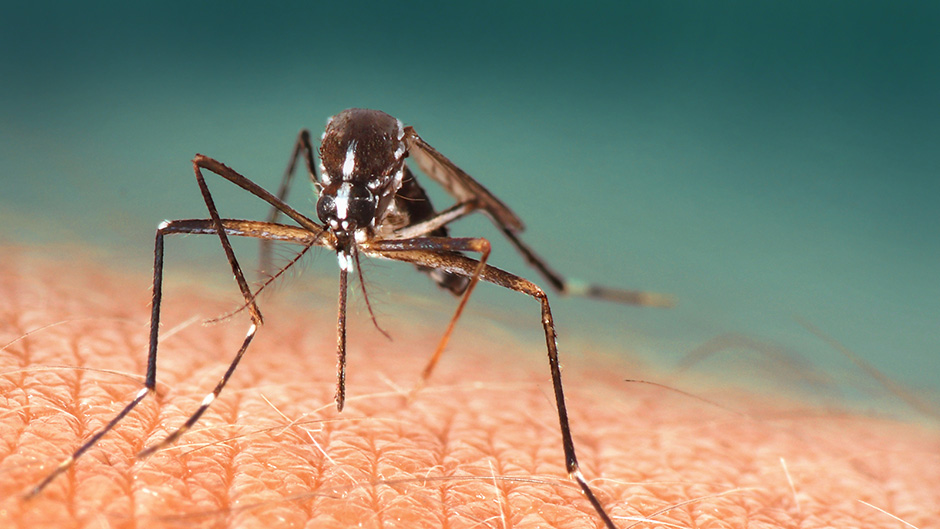Before British long jumper Greg Rutherford departs for the Olympic Games in Rio de Janeiro this summer, he’ll leave an important part of himself behind: a sample of his frozen sperm.
Rutherford, whose wife has expressed the desire to have more children, is preserving his sperm as a precautionary measure against Zika, which has swept across more than 30 Latin American and Caribbean countries, with Brazil being hardest hit. Transmitted primarily by the Aedes aegypti mosquito, the virus can also be spread from an infected man to a woman during sex and can cause the severe birth defect known as microcephaly in which infants are born with abnormally small heads and damaged brains.
Few would question Rutherford's action, but what remains unclear is how much of a role sexual transmission plays in the spread and control of Zika.
Now, in a first-of-its-kind study, a University of Miami researcher and others have created a mathematical model in an attempt to answer that very question.
 |
| Shigui Ruan, professor of mathematics, University of Miami |
By itself, Shigui Ruan’s model is not intended to measure the rates of Zika transmission but to delineate the virus’s possible pathways and to help determine which of those transmission routes—either mosquito-borne or sexual transmission—is most important in investigating the spread and control of the virus.
“Zika is a complicated virus,” said Ruan, a professor of mathematics in UM’s College of Arts and Sciences. “It’s not as simple as passing a cold back and forth.”
To build his model, he and his team combined the two modes of transmission into a set of equations, and then calibrated their model to Zika epidemic rates—obtained through the Pan American Health Organization—in Brazil, Colombia, and El Salvador. Using factors such as the biting and mortality rates of the Aedes aegypti and how partners protect themselves during a sexual encounter, the researchers then produced what is called a “basic reproduction number,” essentially the number of infections resulting from one initial infection in a population.
The team found that the average number of new infections that can be traced directly back to a single case of Zika comes out to 2, and that sexual transmission accounts for only 3 percent of new cases.
“Our analyses indicate that the basic reproduction number of Zika is most sensitive to the biting rate and mortality rate of mosquitoes,” said Ruan, “while sexual transmission increases the risk of infection and epidemic size and prolongs the outbreak.”
Their results are published in the journal Scientific Reports.
The model can give epidemiologists and others a good idea of where they should target management efforts, and in this case, mosquito-control measures should remain the most important mitigation strategy to control the virus, said Ruan.
Not that safe sex isn’t important. “It’s a reason to be concerned because on top of mosquito transmission, we now have sexual transmission of the virus,” he explained, noting cases of sexually transmitted Zika in Argentina, Chile, France, Peru, the United States, and other countries.
Zika can stay in semen longer than in blood, though it is not known for how long, the Centers for Disease Control and Prevention reports on its website.
“You could conceivably have somebody who was infected, and didn’t even necessarily know they were infected, carrying the disease around for a while, have some sexual encounter, and infect somebody else,” said Chris Cosner, a University of Miami mathematics professor who has collaborated with Ruan on other studies. “I don’t think it’s been documented. But possibly, in theory, that could result in a source for an outbreak that seems to come from nowhere. So for this particular disease, because of the complexity of the transmission routes and the fact that some people can stay in the infected phase for a long time, it’s more complicated than your average disease.”
More from UM News
Researchers Employ Multiple Disciplines in Study of Vector-Borne Diseases
June 28, 2016: Credit a 2011 article in the journal Science for inspiring University of Miami researcher Shigui Ruan to create a mathematical model on the impact of mosquito-borne and sexual transmission on the spread and control of Zika. | Read More

